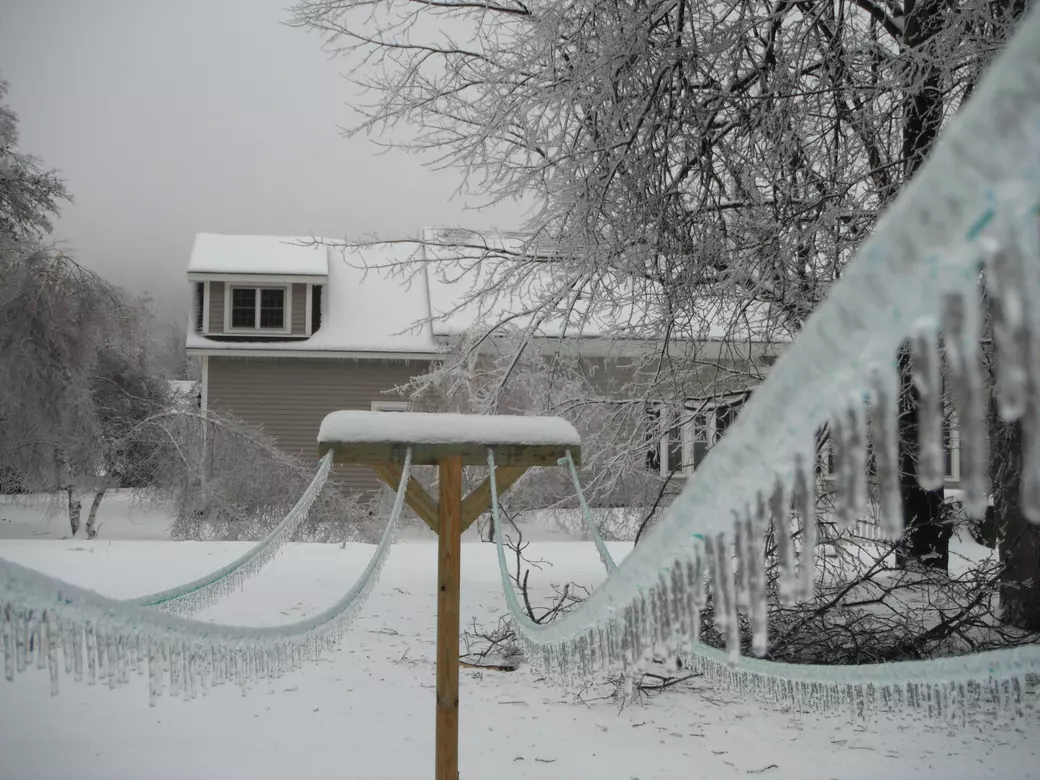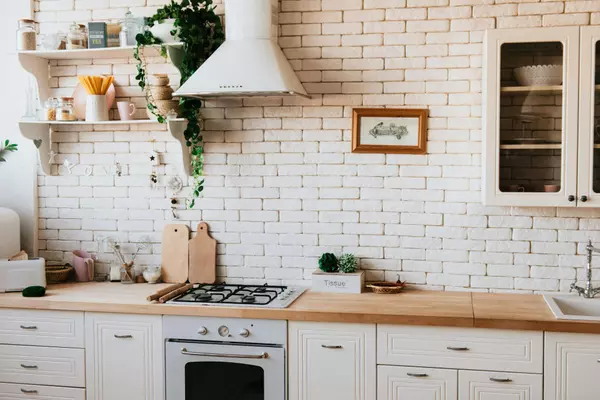Winter-Proofing Your Austin Home: Tips for Keeping Your Property in Peak Condition

Winter in Austin may not bring massive snowstorms and subzero temperatures, but even mild winters can take a toll on your home if you're not prepared. From occasional cold snaps to damp weather, maintaining your home during the winter months is essential for avoiding costly repairs and keeping your space comfortable. Here’s a comprehensive guide to ensure your home stays in tip-top shape this winter.
1. Inspect and Maintain Your HVAC System
Winter means more reliance on your heating system, even in Austin’s mild climate. Ensure your HVAC is ready to perform:
- Replace air filters to improve efficiency and indoor air quality.
- Schedule a professional tune-up to check for issues with heating components.
- Seal ducts to prevent warm air from escaping and reduce energy costs.
2. Protect Pipes from Freezing
While freezing temperatures are rare in Austin, they do happen. Protect your plumbing to avoid burst pipes:
- Insulate exposed pipes in attics, crawl spaces, and outdoor areas with foam sleeves or heat tape.
- Drip faucets during freezing temperatures to keep water moving.
- Disconnect garden hoses and shut off outdoor faucets to prevent freezing.
3. Seal Windows and Doors
Drafty windows and doors can let cold air in, increasing energy bills and making your home uncomfortable:
- Install weather stripping around doors and windows to seal gaps.
- Use thermal curtains or blinds to block drafts and retain heat.
- Check for gaps in window caulking and reapply where needed.
4. Clean Your Gutters
Clogged gutters can lead to water damage during winter rains:
- Remove leaves and debris from gutters and downspouts.
- Ensure downspouts direct water away from your home’s foundation.
- Install gutter guards if leaves are a persistent problem.
5. Check Your Roof and Attic
Your roof is your home’s first defense against the elements:
- Inspect for missing or damaged shingles and have them repaired.
- Check your attic for signs of leaks or insufficient insulation.
- Trim overhanging branches that could break during a storm and damage your roof.
6. Test Smoke and Carbon Monoxide Detectors
Heating systems, fireplaces, and space heaters can increase the risk of carbon monoxide leaks and fires:
- Test and replace the batteries in smoke and carbon monoxide detectors.
- Install detectors near bedrooms and heating appliances.
- Keep a fire extinguisher easily accessible in your home.
7. Prepare for Power Outages
Winter storms can sometimes lead to power outages. Be prepared with:
- Flashlights and fresh batteries.
- A portable power bank to charge phones and devices.
- A supply of non-perishable food and bottled water.
8. Add Insulation for Comfort
Proper insulation not only keeps your home warm but also reduces energy costs:
- Add insulation to your attic if you notice uneven temperatures in your home.
- Use draft stoppers at the base of doors to keep cold air out.
- Insulate your water heater with a blanket to improve efficiency.
9. Take Care of Outdoor Spaces
Even your outdoor areas need attention during the winter:
- Cover patio furniture to protect it from rain and moisture.
- Prune shrubs and trees to promote healthy growth and reduce storm damage risk.
- Winterize your lawn by applying a pre-emergent herbicide to prevent weed growth.
10. Check Your Insurance Coverage
Ensure your home insurance policy covers potential winter-related damages:
- Verify that your policy covers burst pipes, roof leaks, and other common winter issues.
- Take photos of your property to document its condition in case of a claim.
- Consider adding flood insurance if you’re in a low-lying area.
11. Create a Cozy Atmosphere
Winter is also about making your home inviting and comfortable:
- Add warm blankets and throws to living areas.
- Incorporate warm lighting with candles or lamps.
- Consider using a humidifier to combat dry air from heating systems.
By taking these proactive steps, you’ll not only protect your home from potential winter damage but also ensure it remains a comfortable retreat during the cooler months. Whether it's maintenance, preparation, or creating a cozy vibe, a little effort now can save you time, money, and stress in the long run.
Got more questions about home maintenance or looking for a professional recommendation? Feel free to reach out—I'd be happy to help!
Categories
Recent Posts











JW Roeder
